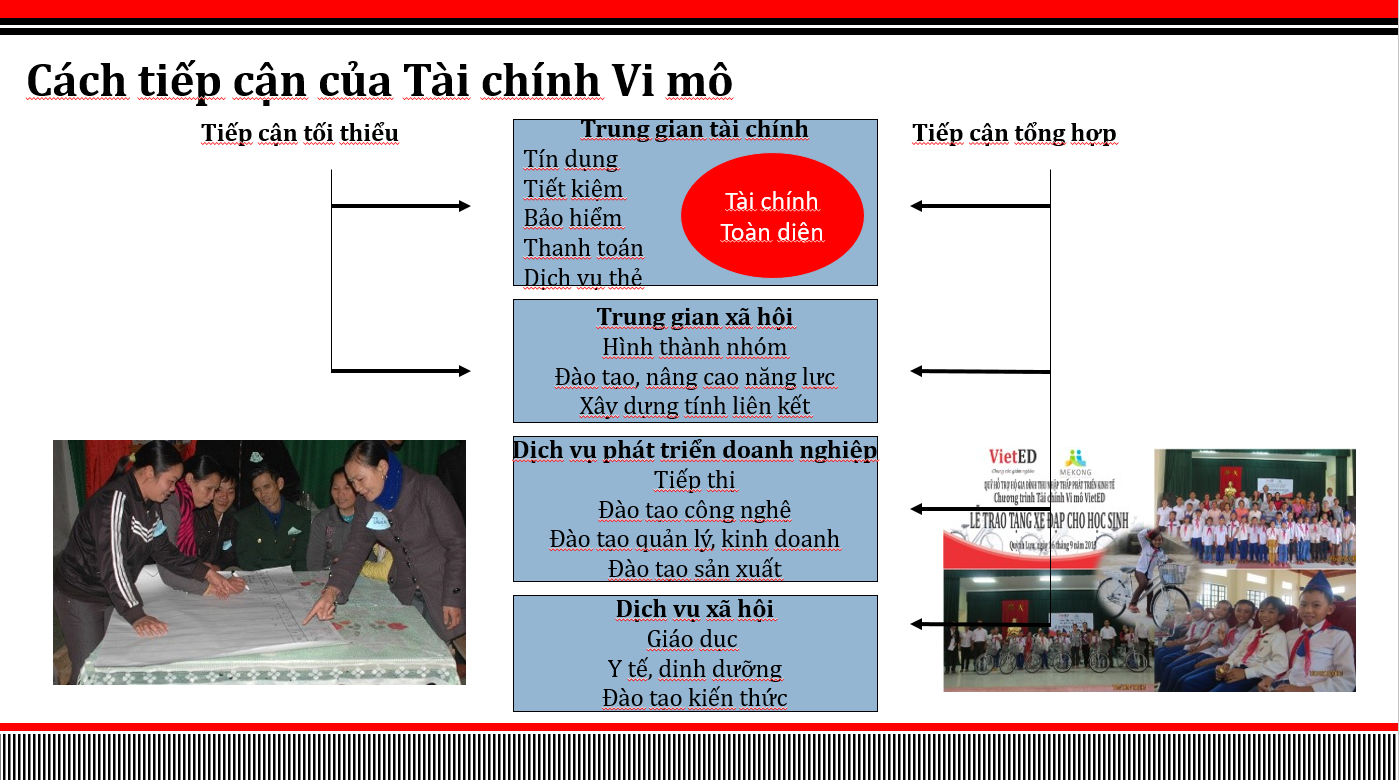High primary enrollment ratios for girls and impressive female labour force participation rates are two striking examples of Vietnam’s progress on gender equality. On female leadership, however, Vietnam has a huge unfinished agenda. The good news is that a recent study by Grant Thornton (2013) shows women’s leadership in business is growing and 30 percent of Board of Director roles in Vietnam are held by women compared to the global average of 19 percent. Women’s membership in the Communist Party has also risen from over 20 percent in 2005 to more than 30 percent in 2010. The not so good news is that across business, government and political spheres, the face of leadership in Vietnam is still overwhelmingly male.
In the last decade and a half, the share of women in the National Assembly has been declining. Only one out of nine chairs of National Assembly Committees is female. Women’s representation remains low in key bodies of the Communist Party: the Politburo (two out of 16), the Central Committee and the Secretariat. In Government, the civil service has a large percentage of women but their representation in leadership is small and tends to be at lower levels: 11 percent at the division level, 5 percent at director level and only 3 percent at ministerial level (UNDP, 2012).
But should we be concerned about getting higher levels of women in leadership? Is this just about “political correctness” or can having more women in leadership in business, government and politics benefit Vietnam’s development?
Women’s leadership matters because of the critical importance of good leadership for development success. Leaders should therefore be selected from the entire talent pool a country possesses—men and women alike. Almost half of Vietnam’s population is female so limiting leadership roles overwhelmingly to men means that the country is unnecessarily restricting itself to a smaller leadership talent pool. Opening leadership more to women can enhance Vietnam’s leadership in support of its development.
Women also bring different perspectives from men to several issues. Promoting their full participation in leadership and decision making will allow policy decisions to be informed by a more diverse range of viewpoints and understanding of different issues. Policy decisions could become more inclusive and relevant, especially on policies affecting women.
While these arguments are intuitively appealing, there is still little focus on the issue in Vietnamese society. A first step towards actively promoting more women in leadership roles is to build greater consensus on its importance as a development issue. Responsibility extends beyond Government. Parents and teachers can play important roles in the emergence of strong women leaders by encouraging girls as much as boys from an early age to recognize their leadership potential and create opportunities for them to lead.
And businesses, Government and the Party can do a lot. In the work place, it is important to promote and create an environment that is friendly to women’s leadership. Childcare support, training opportunities, extension of the retirement age for women would all help. It is equally important to actively identify potential women leaders early in their careers and groom them. Government may want to consider setting up such a special program for women’s leadership in the public service.
0n March 8th, as we join the world to celebrate women, let’s re-energize efforts to raise awareness and encourage more evidence based public debate on women’s leadership. Vietnam needs good leaders – men and women.
In VietED MicroFinance, Women play an important role in the organization: VietED President and its branches are all women (President: Dinh Thi Anh Tuyet, VietED Hanoi: Mrs. Duong Thi Kieu Huong , VietED Bac Giang: Mrs. Pham Thi Minh Phuong, VietED Nghe An: Ms. Nguyen Thi Duyen, VietED Ba Vi: Mrs. Nguyen Thi Thu Huong). This is not only true for other microfinance institutions in Vietnam such as TYM, CEP, M7, etc.






